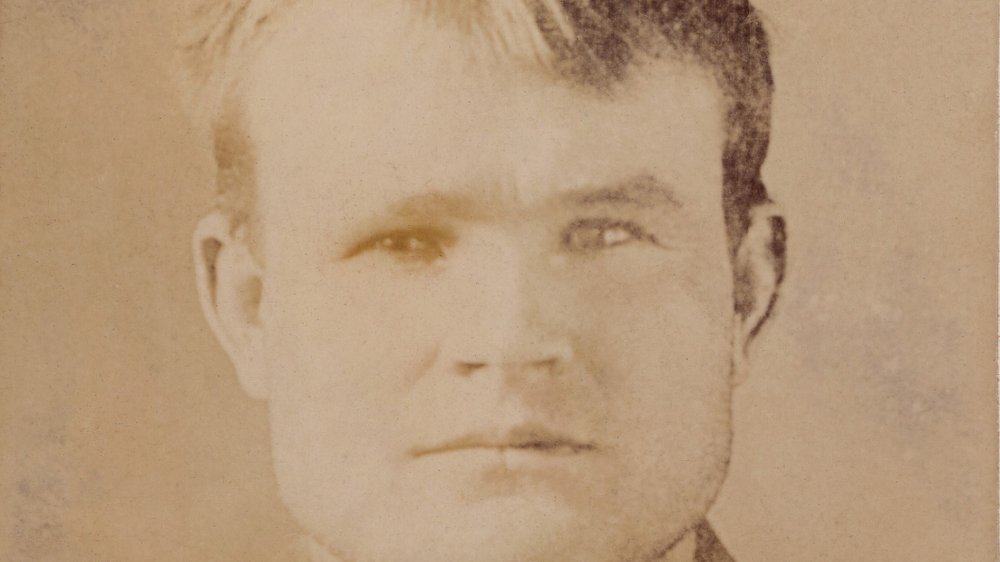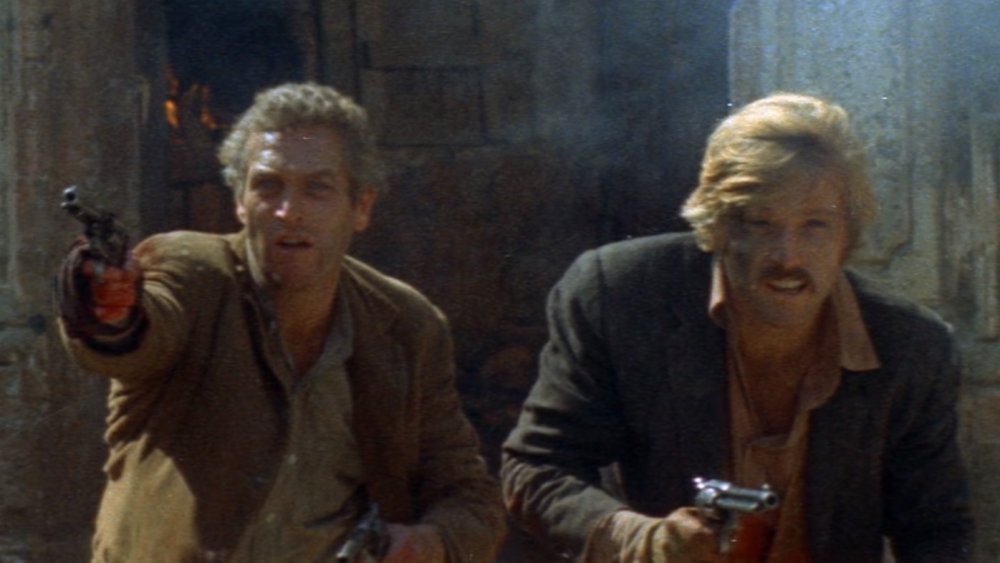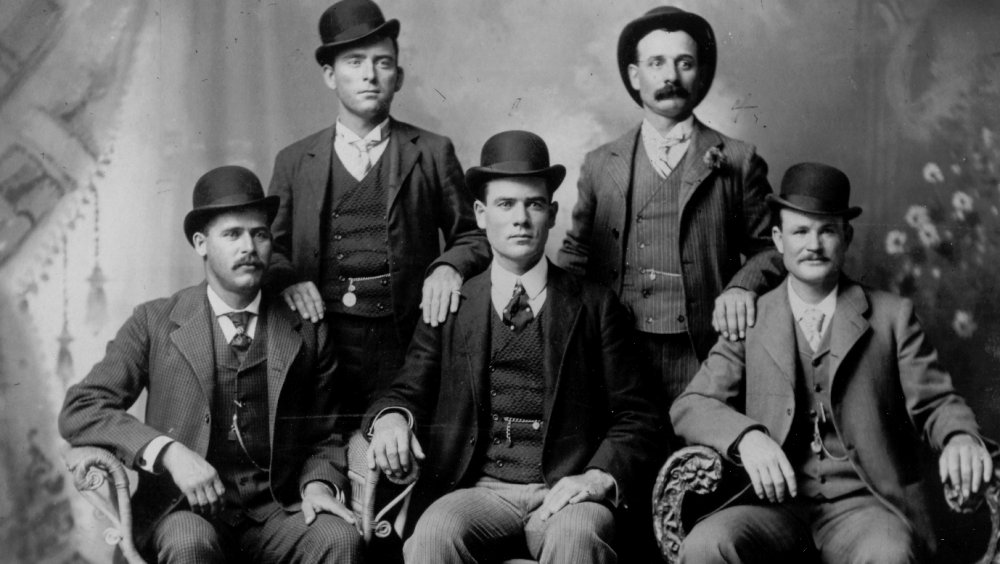The Truth About Butch Cassidy's Death
It was 1901, and the world probably seemed like a much bigger place, big enough that there were still places to go and start over if that was what you needed to do. So, hounded by law enforcement and wanted for a panoply of bank and train robberies, Robert LeRoy Parker and Harry Alonzo Longabaugh boarded a steamboat to Buenos Aires, Argentina, bought a 15,000 acre ranch, and most likely hoped that they'd never hear the names Butch Cassidy and the Sundance Kid again.
But old habits and legends both die hard, and by 1905, reports of a bank job perpetrated by a pair of English-speaking criminals in Argentina started making the rounds. Butch and Sundance were burning ground and making noise, and a series of relocations was rendered null by their continuing habit of taking stuff that wasn't theirs. In 1908, they were identified via the company brand on a mule they had stolen while robbing a payroll courier, and a few days later, the Bolivian authorities were at their door.
And that's where things get funky.
The death of Butch and Sundance (maybe)
Here's what we know. According to History, there was a brief gunfight at Butch and Sundance's last hideout. One soldier was shot and killed up front, then more shots and some screaming could be heard from inside. The next morning, law enforcement entered the building and found two foreigners dead on the floor. One, presumed to be Sundance, had a bullet between his eyes, while the other body reportedly had what appeared to be a self inflicted gunshot wound to the temple. Cornered, outgunned, wounded, and hopeless, it seems likely that two of the last legends of the Old West refused to be taken alive, opting instead to die on their own terms.
Or did they?
Or, we ask again, did they?
Yes, probably. But there are some holes in the story.
First of all, the man who identified the corpses as Butch and Sundance had only ever seen the two while they were wearing masks that covered everything but their eyes. Secondly, authorities failed to take pictures of the bodies before dumping them in an unmarked grave, making a positive ID impossible.
Rumors and theories about the fate of Butch in particular have circulated for over a century now. Butch's sister released a book in 1975 claiming that the outlaw had quietly moved back to the U.S. after planting stories about his death in South American newspapers, and that he'd died of old age somewhere in Washington under an assumed name in 1937. Another book, 1977's In Search of Butch Cassidy, posited that Cassidy had lived in Spokane and gone by the name William T. Phillips, though the author walked back his claims in a second book published in 2012.
Maybe it's all a legend. Maybe Butch Cassidy really did die desperate in the corner of a hut in San Vicente with his own revolver held to his head. In all likelihood, the idea of a peaceful end for the notorious outlaw is just another fairytale in a long list of stories just a little too big to be real.
Then again, when researchers exhumed what were thought to be his remains in Bolivia, they wound up with the body of a German miner and zero DNA matching Cassidy.
Which is good. For a moment there, we thought he might have been in trouble.


